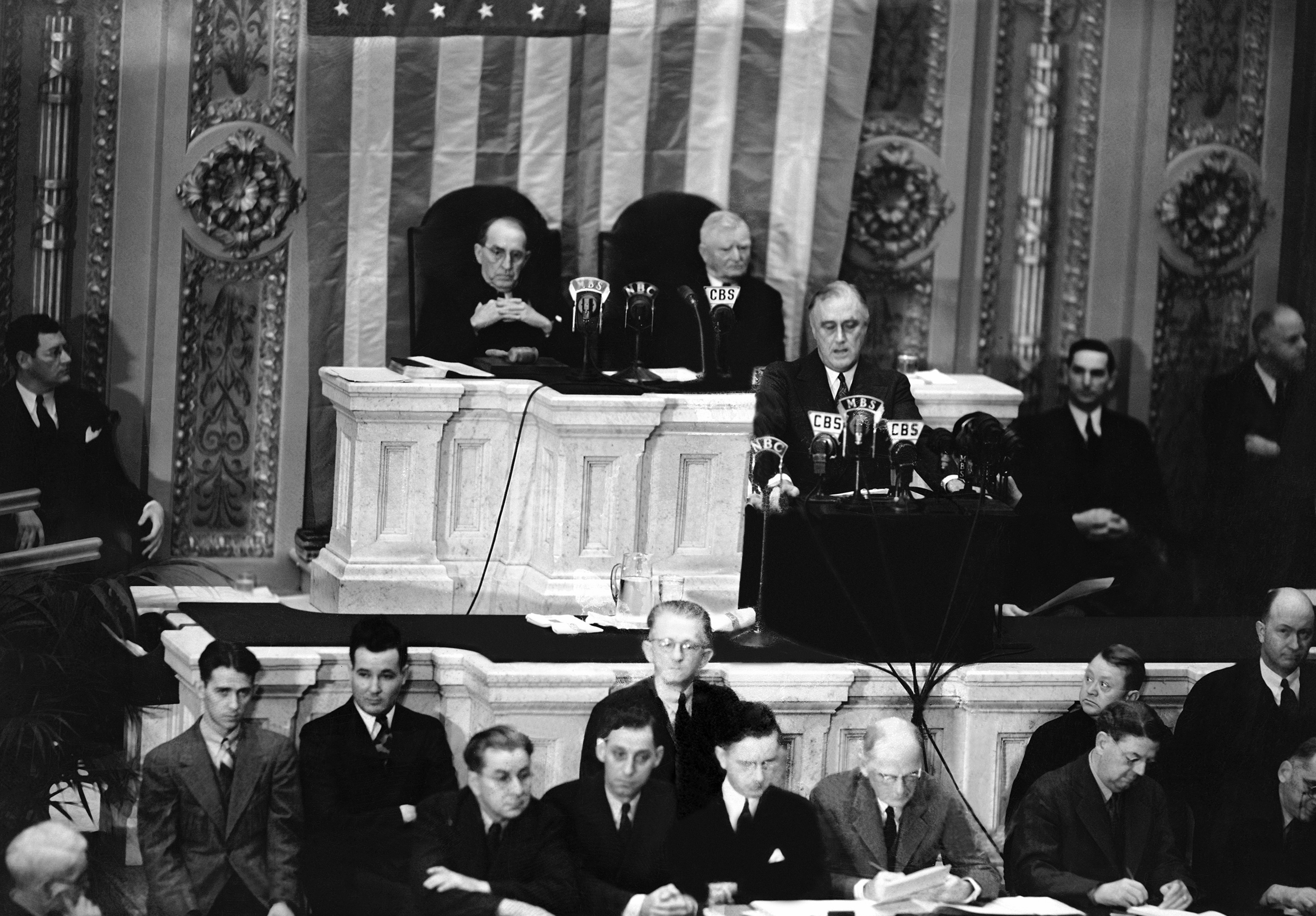Mysterious giant pink DOOR ‘to the underworld’ is found in 4,400 year old tomb – and it hides a chilling purpose

A MYSTERIOUS giant pink door has been discovered inside a 4,400-year-old tomb, and it's thought to lead directly to the underworld. The entrance was found at the Saqqara Necropolis - an ancient cemetery full of pyramids and tombs - in Cairo, Egypt. The stunning discovery was made by a team of Egyptian archaeologists as part of ongoing research work at the site. Pictures from the dig show the looming pink door which measures an impressive 15ft tall and 4ft wide. But not all is as it seems. Instead of a functioning door archaeologists have actually uncovered a wall carving which has been cleverly designed to look like an entrance. The carving has been decorated with inscriptions of the late tomb owner's name and grand titles, dating back to the 26th dynasty. The names include Hereditary Prince, Governor of the Buto and Nekhbet Regions, Royal Scribe, Minister, Judge, and Chanting Priest. Ancient Egyptians believed that the soul of the deceased could freely enter and exit the tomb through such a door. The tomb is thought to have belonged to Prince Userefre - the son of the Egyptian pharaoh Userkaf, who reigned during Egypt's Fifth Dynasty. The prince's burial chamber has not yet been found but excavations of the site are ongoing. King Userkaf was the founder and first king of the fifth dynasty, making this discovery particularly significant for understanding royal lineages. Dr Zahi Hawass, an archaeologist, said that archaeologists also found a statue of King Djoser, his wife and his ten daughters inside the tomb. King Djoser reigned before King Userkaf. The inscriptions in the tomb also suggest that it may have been reused years after the prince's burial. Secretary-general of Egypt’s Ministry of Tourism and Antiquities Dr Mohamed Ismail Khaled said this was the first time a false door made of pink granite of this size has been found. The door was discovered as part of a joint Egyptian mission - led by the Supreme Council of Antiquities and the Zahi Hawass Foundation for Antiquities and Heritage. This comes after archaeologists discovered the first royal tomb since Tutankhamen was uncovered more than 100 years ago. The long-lost burial place of King Thutmose II was found close to a vast burial ground known as The Valley of the Kings in Luxor. The entrance to the tomb and its main passage were initially discovered in 2022, but continued excavations found evidence linking it to the Pharaoh. Fragments of vases inscribed with the Pharaoh's name were found in the tomb, identifying Thutmose II as the 'deceased king'. Sections of a religious text and blue paint and yellow stars that were placed in the tomb of kings were also found. Archaeologists uncovered Thutmose II's mummified remains two centuries ago not far from his tomb, but the original burial site had never been found until now. The tomb was discovered as part of a joint British-Egyptian archaeological mission, and is the last missing tomb of the kings of the 18th dynasty in Egypt. King Tut's tomb is one of best preserved of all those found in The Valley of Kings, and made front pages around the world when it was discovered. The tomb was discovered by English archaeologist Howard Carter, who set about finding and excavating it in 1915. He eventually found the site of the pharaoh's remains in November 1922, but it took another three months before the archaeologist finally found the sarcophagus itself. But there was a dark side to the story – following the unearthing of Tutankhamun's remains, various figures connected with the expedition died in mysterious circumstances. These included Lord Canarvon, the financial backer of the excavation team, who died from an infected mosquito bite. Sir Archibald Douglas-Reid, who X-rayed the pharaoh's remains, was killed by a mystery illness. Carter himself died in 1939 from Hodgkin's Disease aged 64.



















